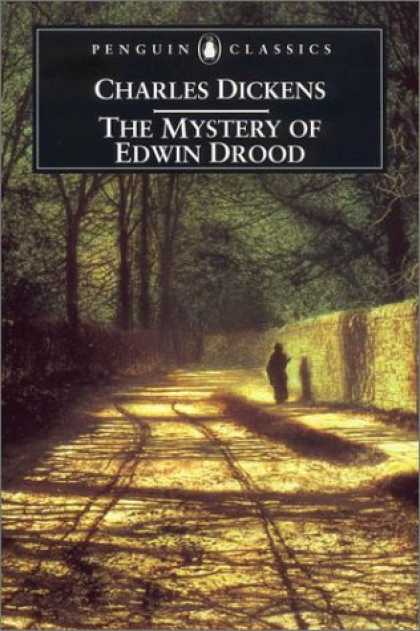image courtesy of: stockfreeimages.com
Mariel Cove is just one of the latest books to be released in serial - or episodic - form. Stephen King's unfinished novel The Plant was published online parts. Cracked.com writers David Wong and Robert Brockway have both released serial fiction that was later collected into full-length novels which are currently available on Amazon.com. David Wong's novel John Dies at the End has been turned into a movie.
John Dies at the End
And that's just the barest tip of the iceberg. Amazon.com has an entire program for Kindle books released as serials, appropriately named the Kindle Serials program. "Kindle Serials are stories published in episodes. When you buy a Kindle Serial, you will receive all existing episodes on your Kindle immediately, followed by future episodes as they are published. Enjoy reading as the author creates the story, and discuss episodes with other readers in the Kindle forums."
Mariel Cove is not released as part of the Kindle Serials program, but it is an episodic series, and that's amazing for me. It's incredible to be a part of the return of this tradition.
Our readers are lucky, however: unlike traditional serials, and unlike the Kindle Serials program and books like Stephen King's, we don't release any episodes until the entire season is complete. Stephen King lost inspiration for The Plant and it remains unfinished. Charles Dickens died in the middle of his last serial, The Mystery of Edwin Drood, and things like that happen sometimes. Books don't always get finished...
Mystery of Edwin Drood
Mariel Cove has a complete first season; the first episode is already up for sale - early - on Amazon.com (it can be found here), and future episodes will be released on the schedule that can be found on our website, but the whole book will be released sometime soon to give our readers the choice of buying episodes casually or buying the whole book.
We have a new technology for an old format - as writers, as publishers, not just those of us in Mariel Cove but all of us interested in the revival of the novel serial, we get to make it our own. Kinks that may have existed in the old system can be ironed out in this new system. I can't put into adequate words just how exciting it is to be a part of that.
Sources:
Brockway, Robert. "Rx: A Tale of Electronegativity." Rx: A Tale of Electronegativity | Rx: A Tale of Electronegativity. Robert Brockway, 2012. Web. 30 Mar. 2013.
Farnell, Chris. "Serial Novels: New Platforms for an Old Format." The Literary Platform RSS. The Literary Platform, 26 Sept. 2012. Web. 30 Mar. 2013.
"Kindle Serials." Amazon.com. Amazon, n.d. Web. 29 Mar. 2013.
King, Stephen. "Plant: The Zenith Rising." StephenKing.com - Plant: Zenith Rising, The. StephenKing.com, 2000. Web. 30 Mar. 2013.
"The Mystery of Edwin Drood." Wikipedia. Wikimedia Foundation, 29 Mar. 2013. Web. 30 Mar. 2013.
"The Plant." Wikipedia. Wikimedia Foundation, 29 Mar. 2013. Web. 30 Mar. 2013.
"Serial (literature)." Wikipedia. Wikimedia Foundation, 29 Mar. 2013. Web. 30 Mar. 2013.
Wong, David. "John Dies at the End by David Wong." John Dies at the End by David Wong. David Wong, n.d. Web. 30 Mar. 2013.



